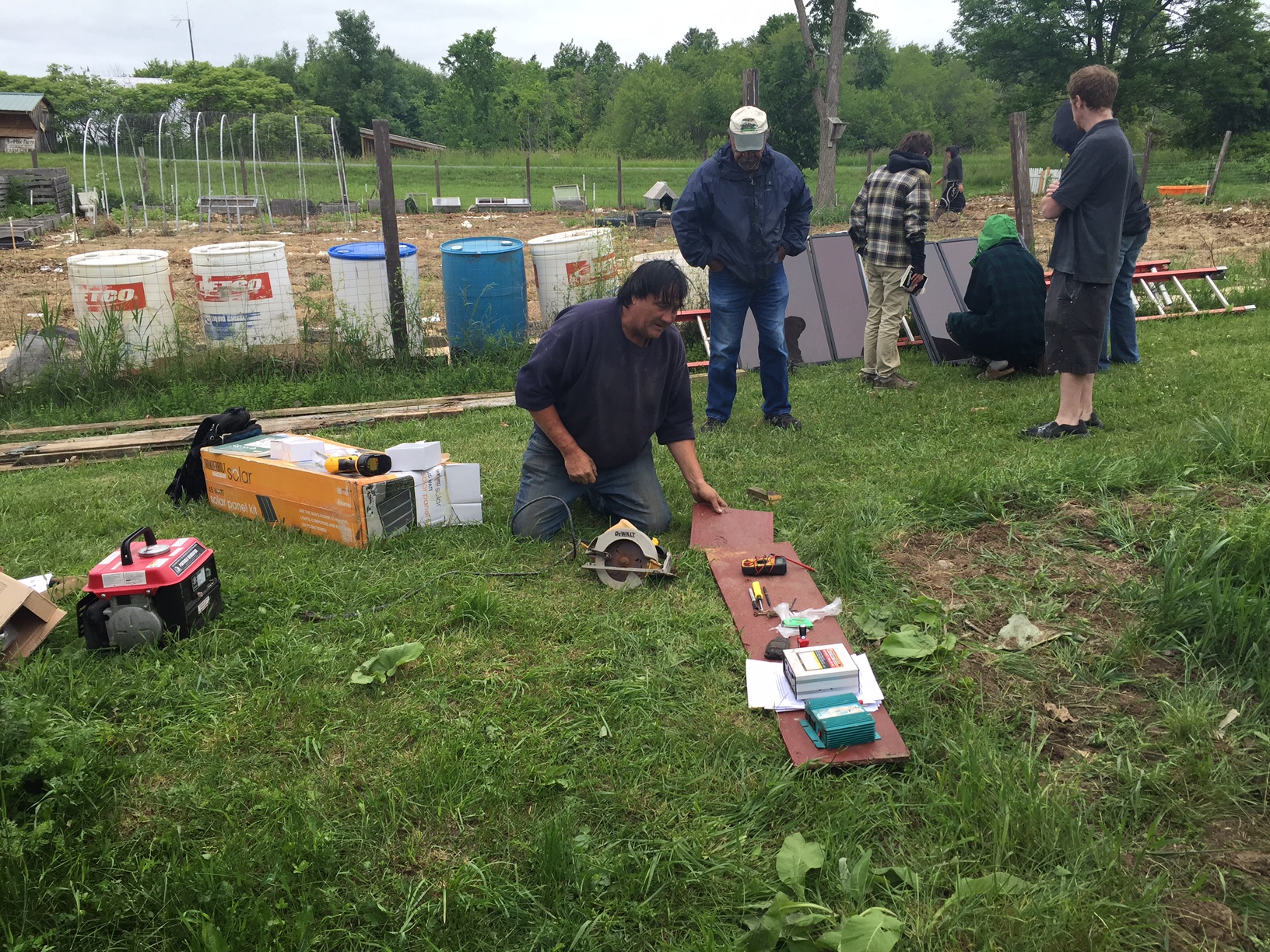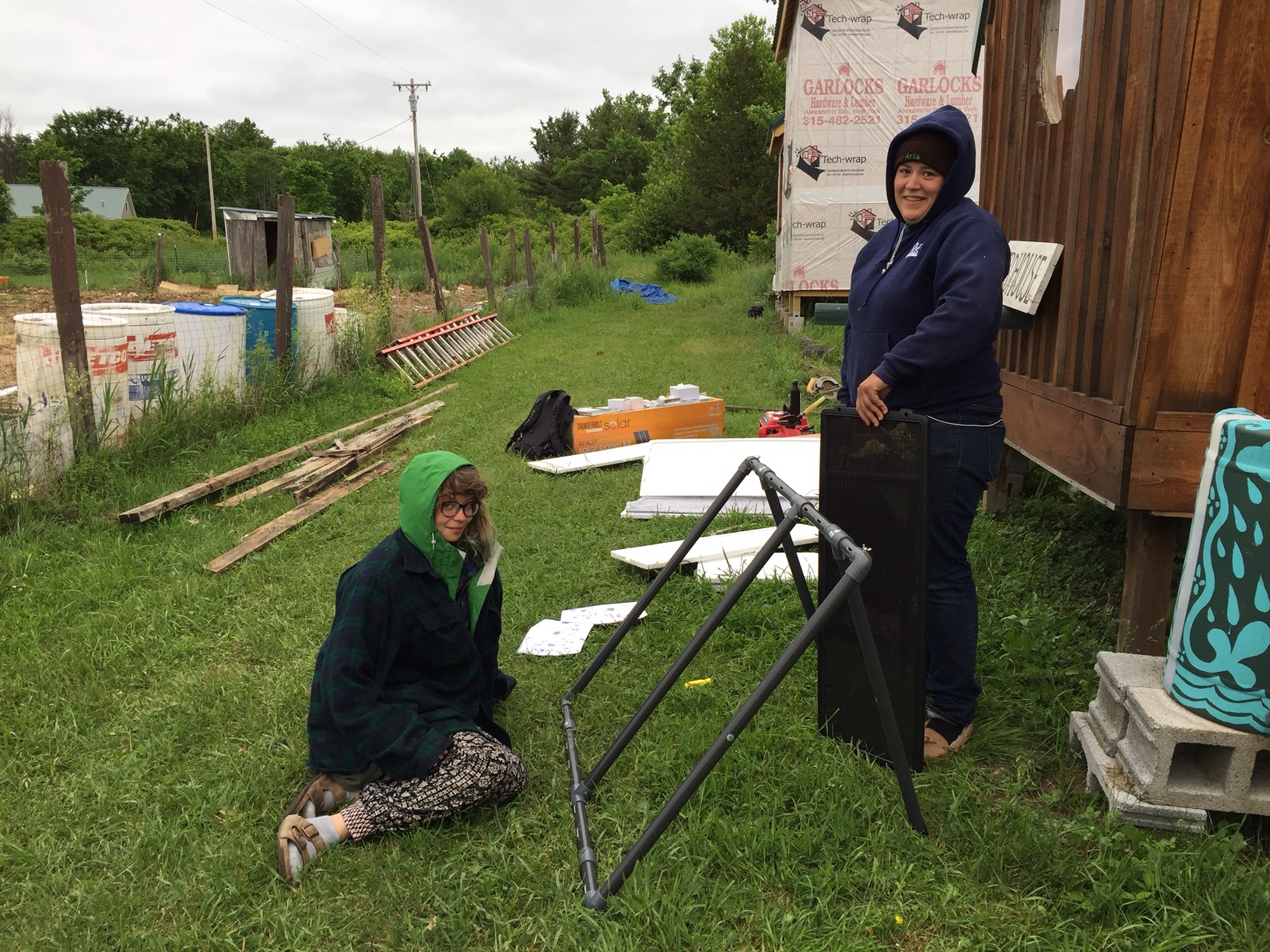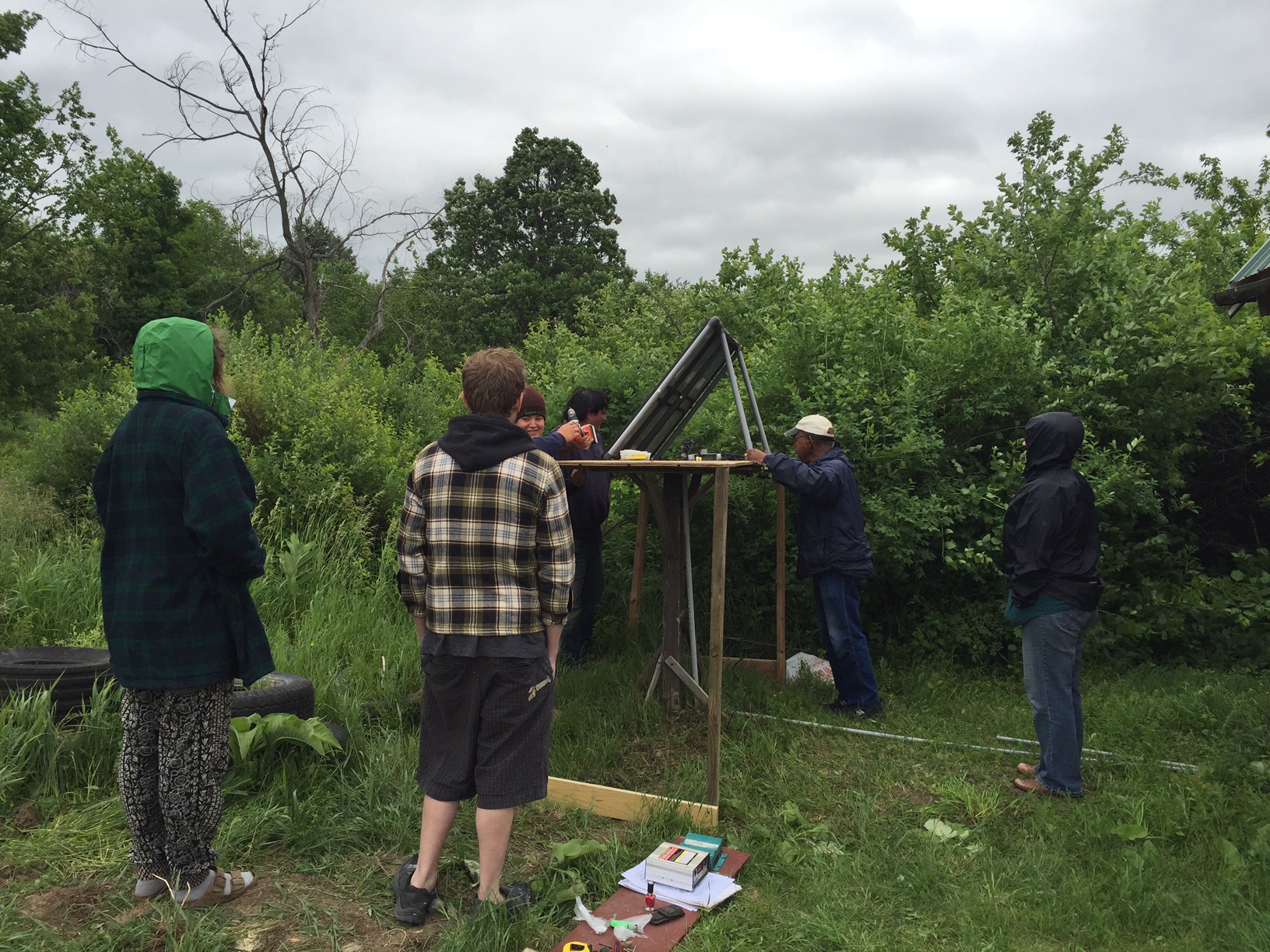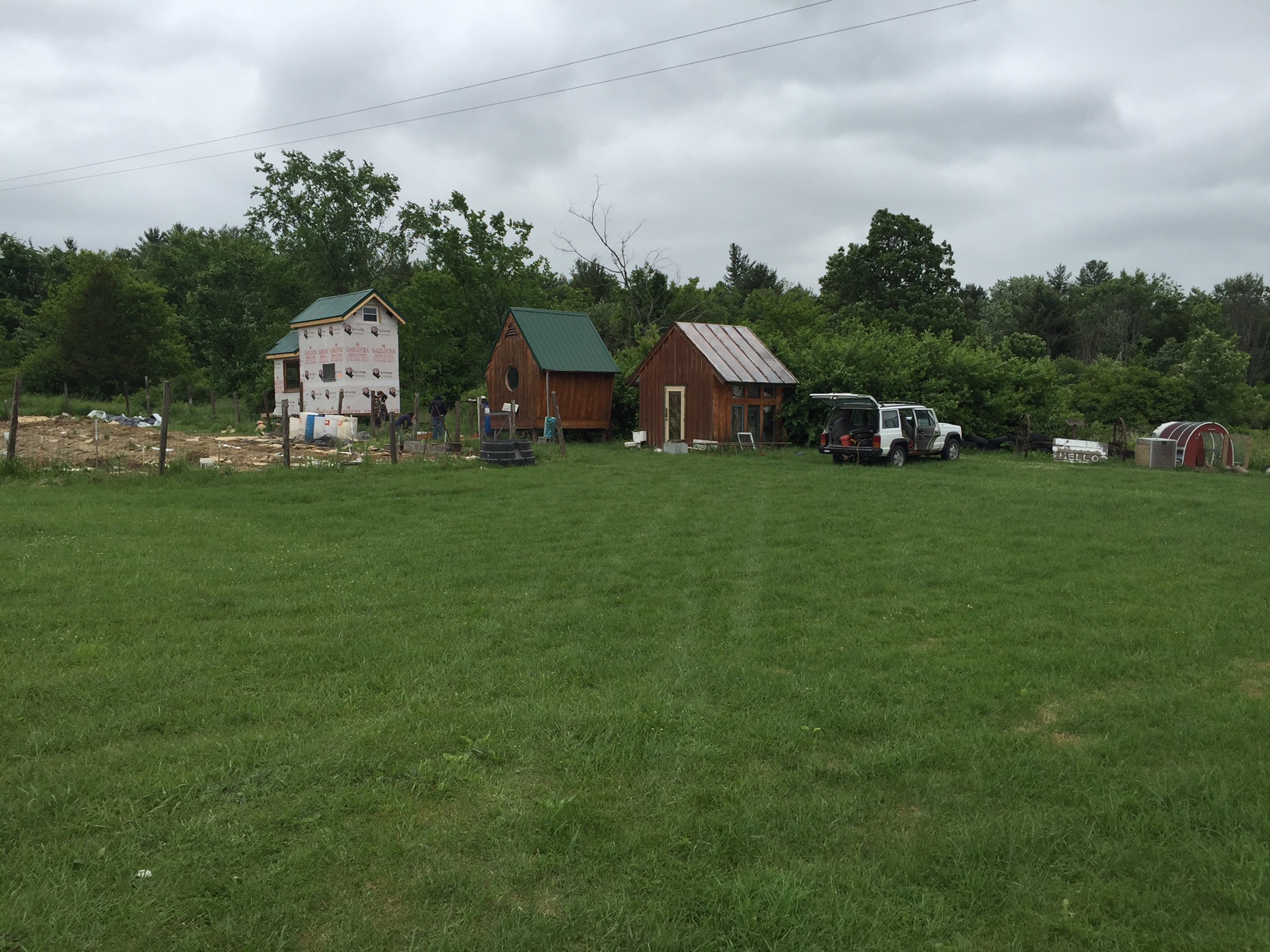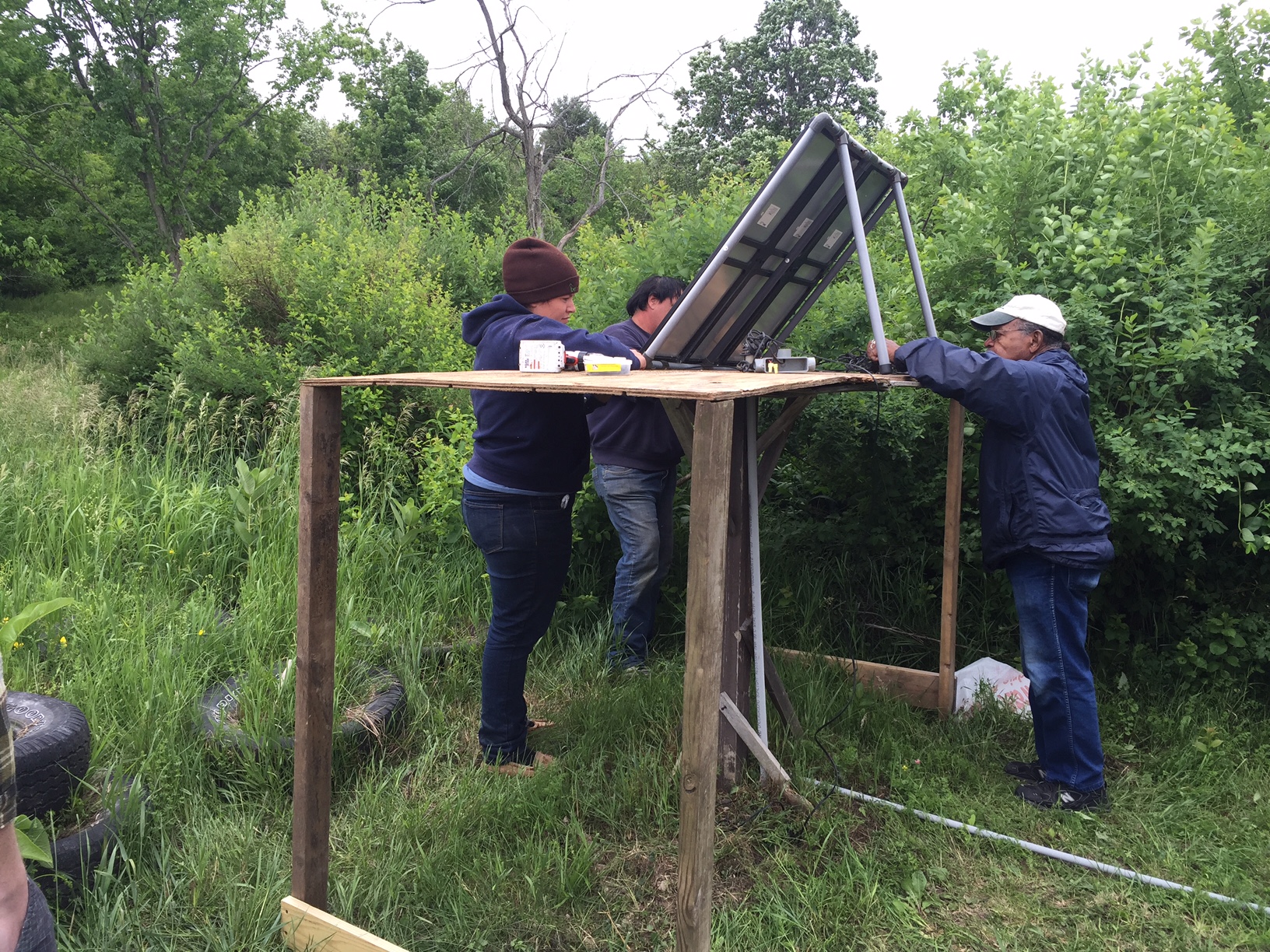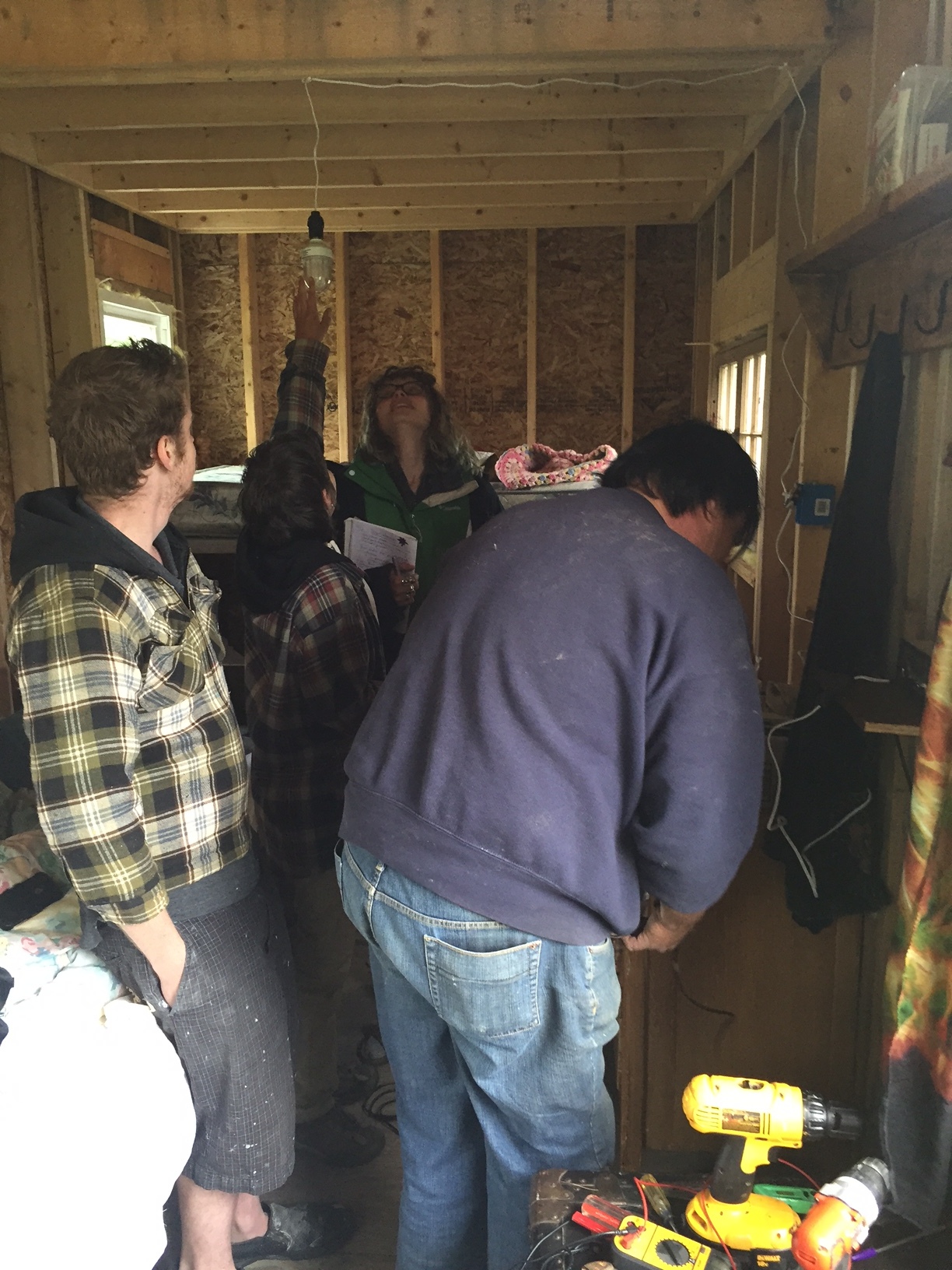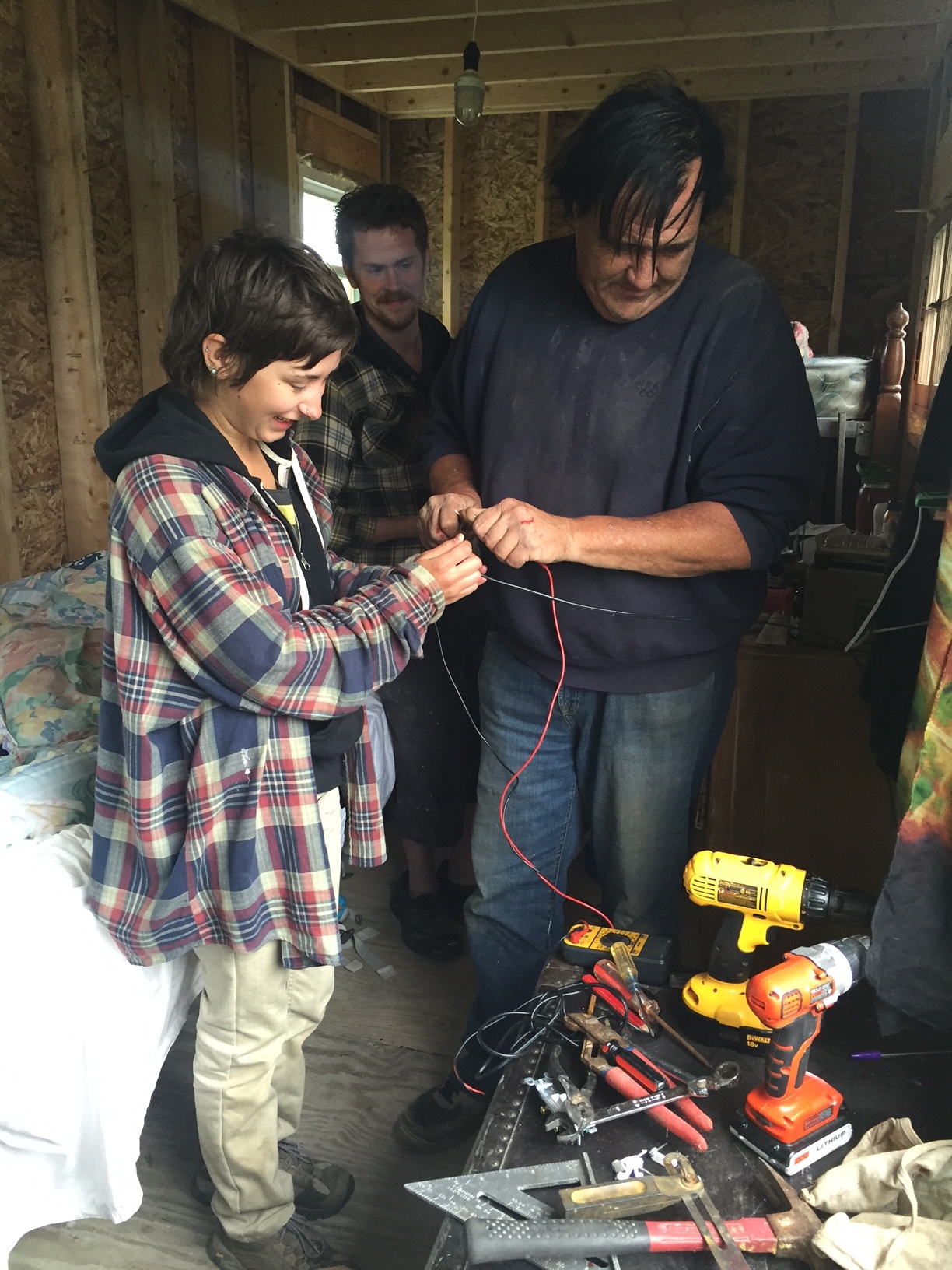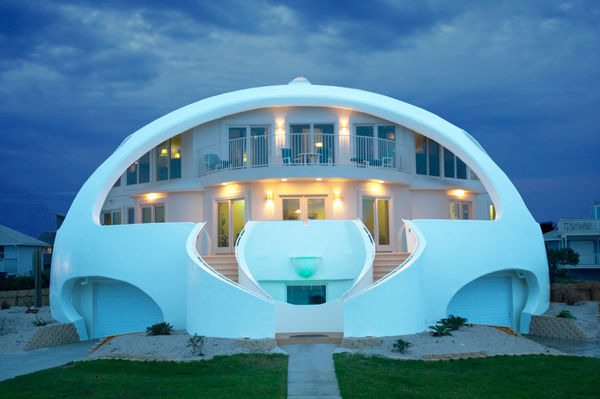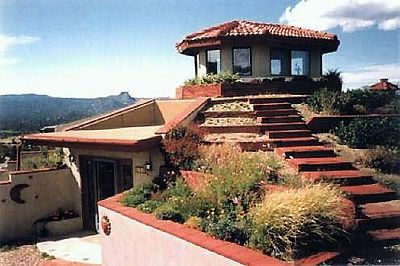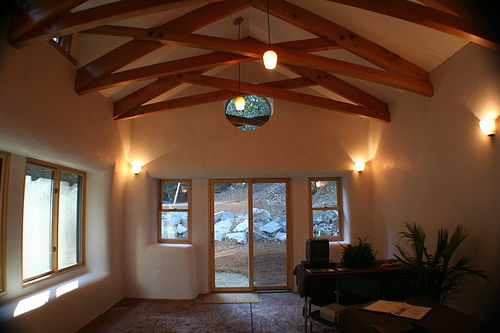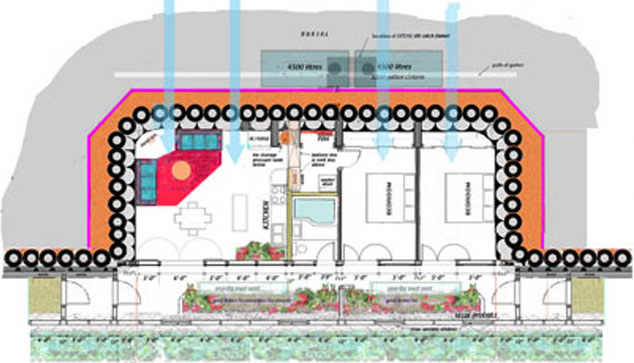 |
| Better Farm's bus: destined for the electric slide? |
Better Farm's iconic early-1960s International bus was rebuilt in the 90s with a new engine, souped up with a fresh interior, and used twice a year to transport my Uncle Steve between Tucson, Ariz., and Redwood, N.Y.
We're working to get that bus going again this summer (it was parked in late 2008 after being revamped yet again, and hasn't been turned on since), but there's one major downfall: That engine ain't diesel.
If it was, we could get in touch with our friends (and my fellow Hampshire alumni) over at
Greasecar, purchase a conversion kit, and be running off pure vegetable oil. And maybe one day, we'll fundraise enough to get a diesel engine put in. But with this behemoth of a vehicle running off regular old gasoline for now, we were sort of facing a proverbial brick wall (though we've also been examining options for
solar sunroofs, solar panels in general, and the like).
Then we were tipped off to
Wilderness Electric Vehicles, a company specializing in electric car conversions. Wilderness EV takes gas-powered cars and turns them into clean, efficient, electric vehicles that can be charged with renewable fuels in a hybrid fashion or off-the-grid via solar charging stations at home.
Yes, please!
The company sells four different conversion kits, each offering a different strength and distance:
- Kit #1 (48-volt system): Top speeds of 35 to 40 MPH and range of 20 to 35 miles all depending on driving terrain, amps used, the voltage set up of the car, cold weather, how many batteries used and what type, weight of the car, etc. This would be the same for any of the kits.
- Kit #2 (most commonly sold kit, 72-volt system): Top speeds of 45 to 55 mph, range of 25 to 50 miles (50 miles if you were driving only 25 mph, 25 miles if driving 50 mph). You will get speeds over 60 mph and farther range once the car wears in. It takes 15 to 18 cycles of charging the new batteries to have them at 100% efficiency. Also the new brushes on the motor need around a hundred miles of wearing to get higher speeds and distance per charge that you want with it. The colder weather effects the batteries, losing up to 25% to 50% efficiency under 32 F. So that can give you somewhat of an idea with the other kits also. Higher voltage is much more efficient.
- Kit #3 (120 volt system): top speeds will be 60 to 65 mph+ with the range of somewhere between 20 to 60 miles +. Of course many factors can change the performance as mentioned above such as how many batteries you will have in a conversion, etc.
- Kit #4 (144 volt system): top speeds will be 65 to 75 mph + with the range of somewhere between 20 to 60 miles. And again, many factors can change the performance as mentioned above. Higher voltage is much more efficient. So that can give you somewhat of an idea of what you want.
So if you're cruising around town or running errands, any of these kits would work perfectly—you'd just have to come home afterwards and charge 'er up. Kind of impractical if we were to, say, go on a Better Farm Bus Tour—but not if we planned on making lots of stops. Maybe there's some kind of a hybrid setup?
To learn more about turning your diesel car or truck into a lean, mean, vegetable oil-eating machine, visit Greasecar.com. To find out more about electric conversion kits for your other vehicle, click here. And to donate to our bus revival fund, visit our donation page.




